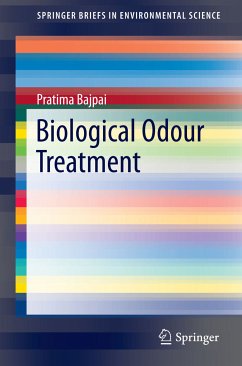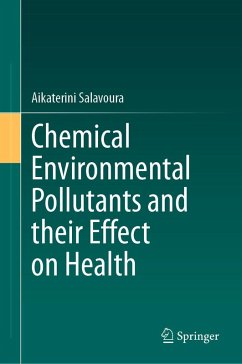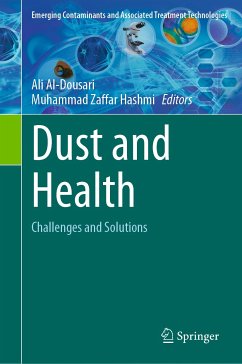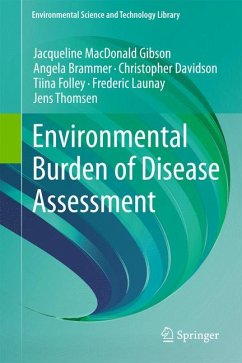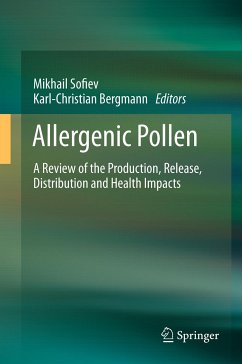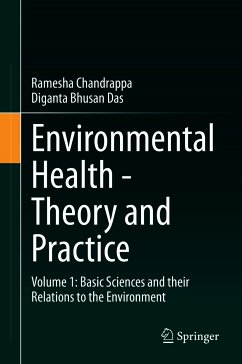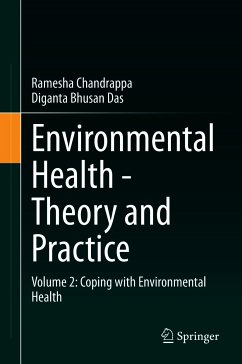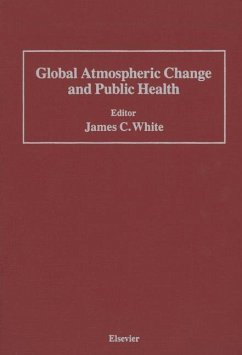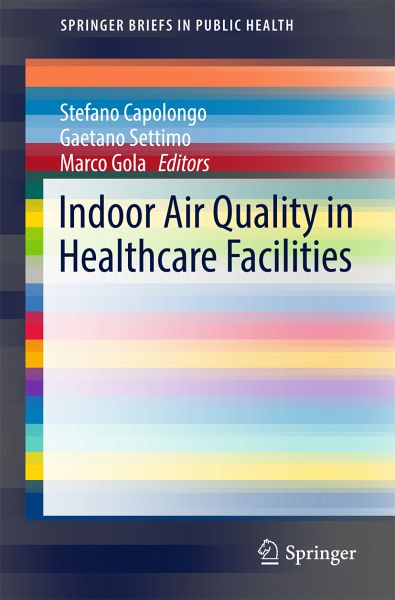
Indoor Air Quality in Healthcare Facilities (eBook, PDF)
Versandkostenfrei!
Sofort per Download lieferbar
48,95 €
inkl. MwSt.
Weitere Ausgaben:

PAYBACK Punkte
24 °P sammeln!
This interdisciplinary guide offers background, research findings, and practical strategies for assessing and improving air quality in hospitals and other healthcare settings. Positing good air quality as critical to patient and staff well-being, it identifies disease-carrying microbes, pollutants, and other airborne toxins and their health risks, and provides localized interventions for reducing transmission of pathogens. Effective large-scale approaches to air quality control are also outlined, from green building materials to hygienic HVAC and air treatment practices. Its thoroughness of co...
This interdisciplinary guide offers background, research findings, and practical strategies for assessing and improving air quality in hospitals and other healthcare settings. Positing good air quality as critical to patient and staff well-being, it identifies disease-carrying microbes, pollutants, and other airborne toxins and their health risks, and provides localized interventions for reducing transmission of pathogens. Effective large-scale approaches to air quality control are also outlined, from green building materials to hygienic HVAC and air treatment practices. Its thoroughness of coverage makes this book a vital resource for professionals involved in every aspect of health service facilities, from planning and construction to maintenance and management.
Among the topics covered:
Indoor Air Quality in Healthcare Facilities imparts up-to-date expertise to a variety of professional readers, including hospitals' technical and management departments, healthcare facilities' chief medical officers, hospital planners, sport and thermal building designers, public health departments, and students of universities and schools of hygiene.
Among the topics covered:
- Existing guidelines in indoor air quality: the case study of hospital environments
- Hospital environments and epidemiology of healthcare-associated infections
- Analysis of microorganisms in hospital environments and potential risks
- Legionella indoor air contamination in healthcare environments
- HVAC system design in healthcare facilities and control of aerosol contaminants
- Assessment of indoor air quality in inpatient wards
Indoor Air Quality in Healthcare Facilities imparts up-to-date expertise to a variety of professional readers, including hospitals' technical and management departments, healthcare facilities' chief medical officers, hospital planners, sport and thermal building designers, public health departments, and students of universities and schools of hygiene.
Dieser Download kann aus rechtlichen Gründen nur mit Rechnungsadresse in A, B, BG, CY, CZ, D, DK, EW, E, FIN, F, GR, HR, H, IRL, I, LT, L, LR, M, NL, PL, P, R, S, SLO, SK ausgeliefert werden.



